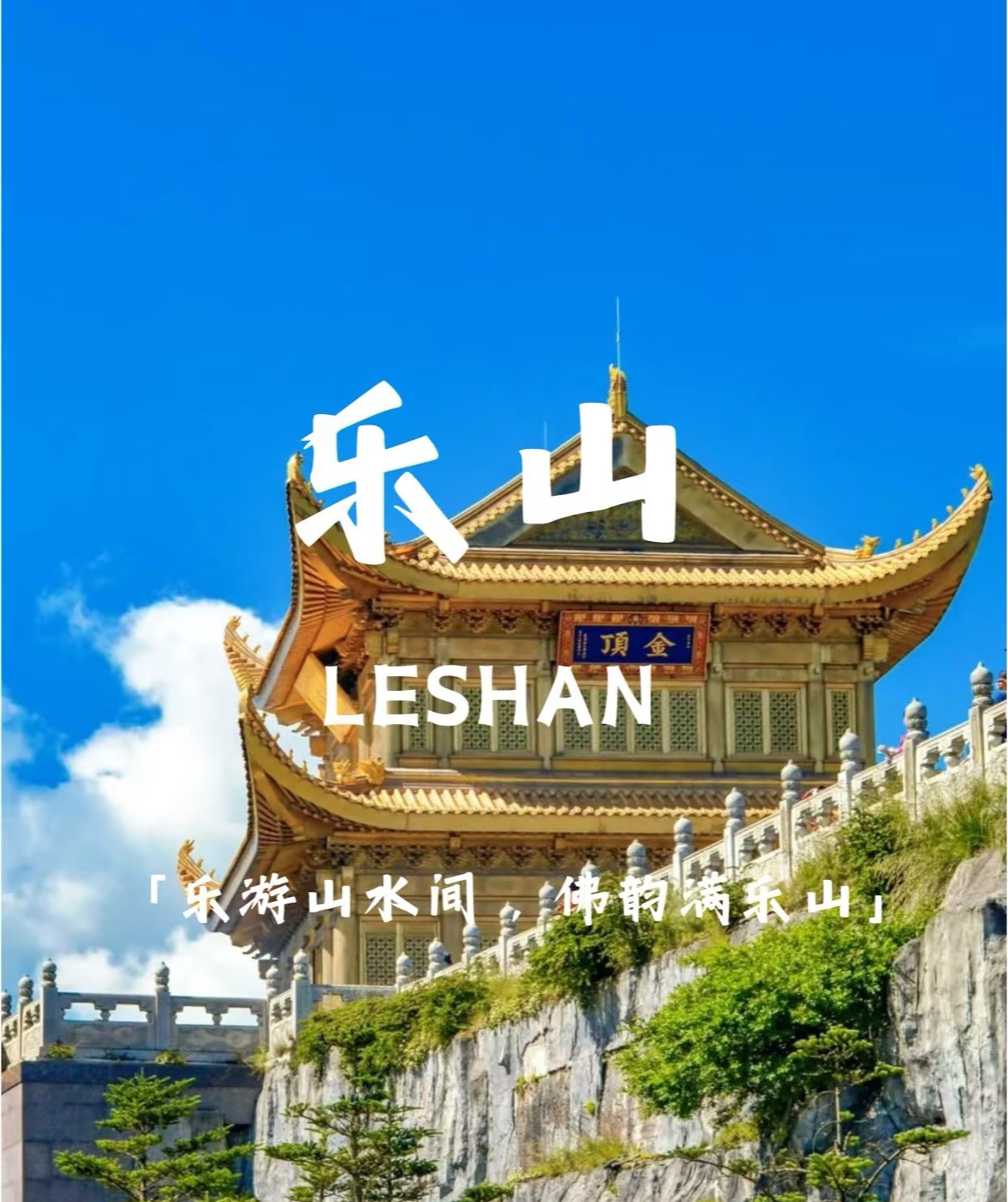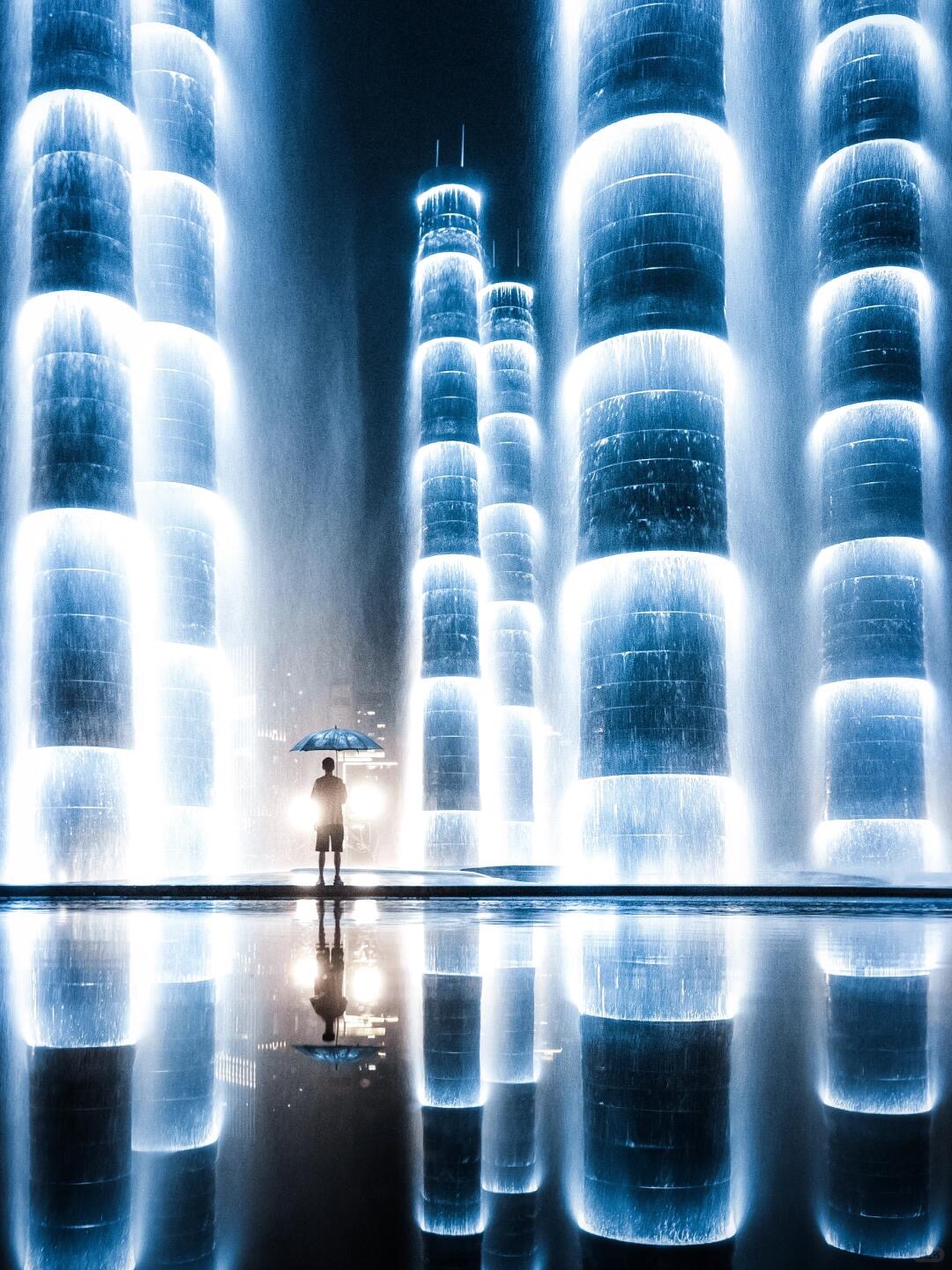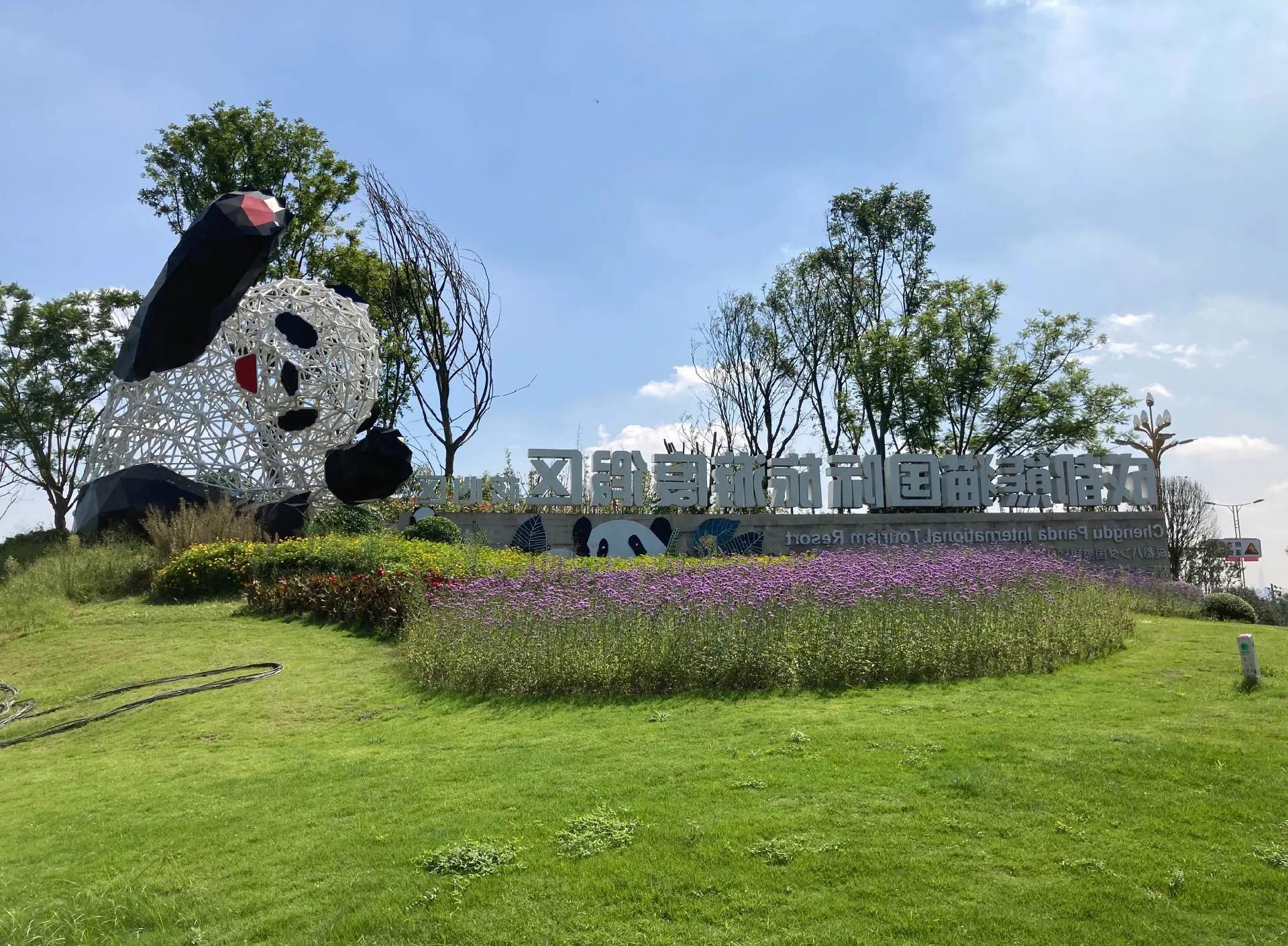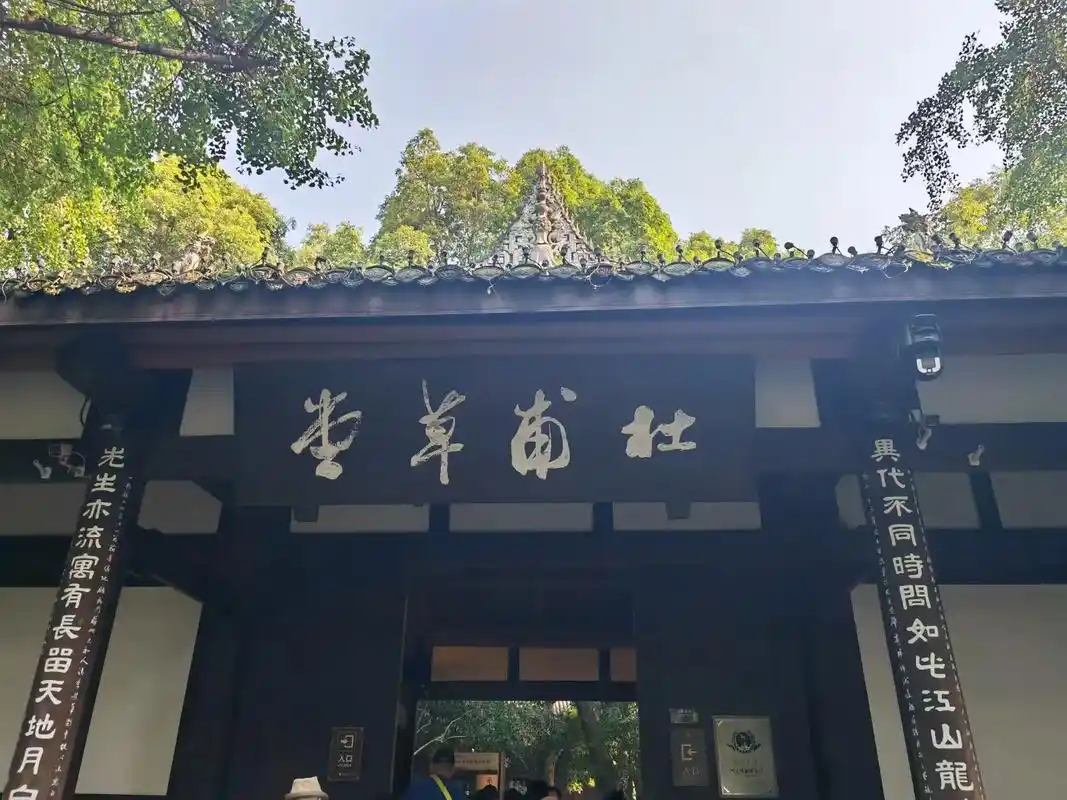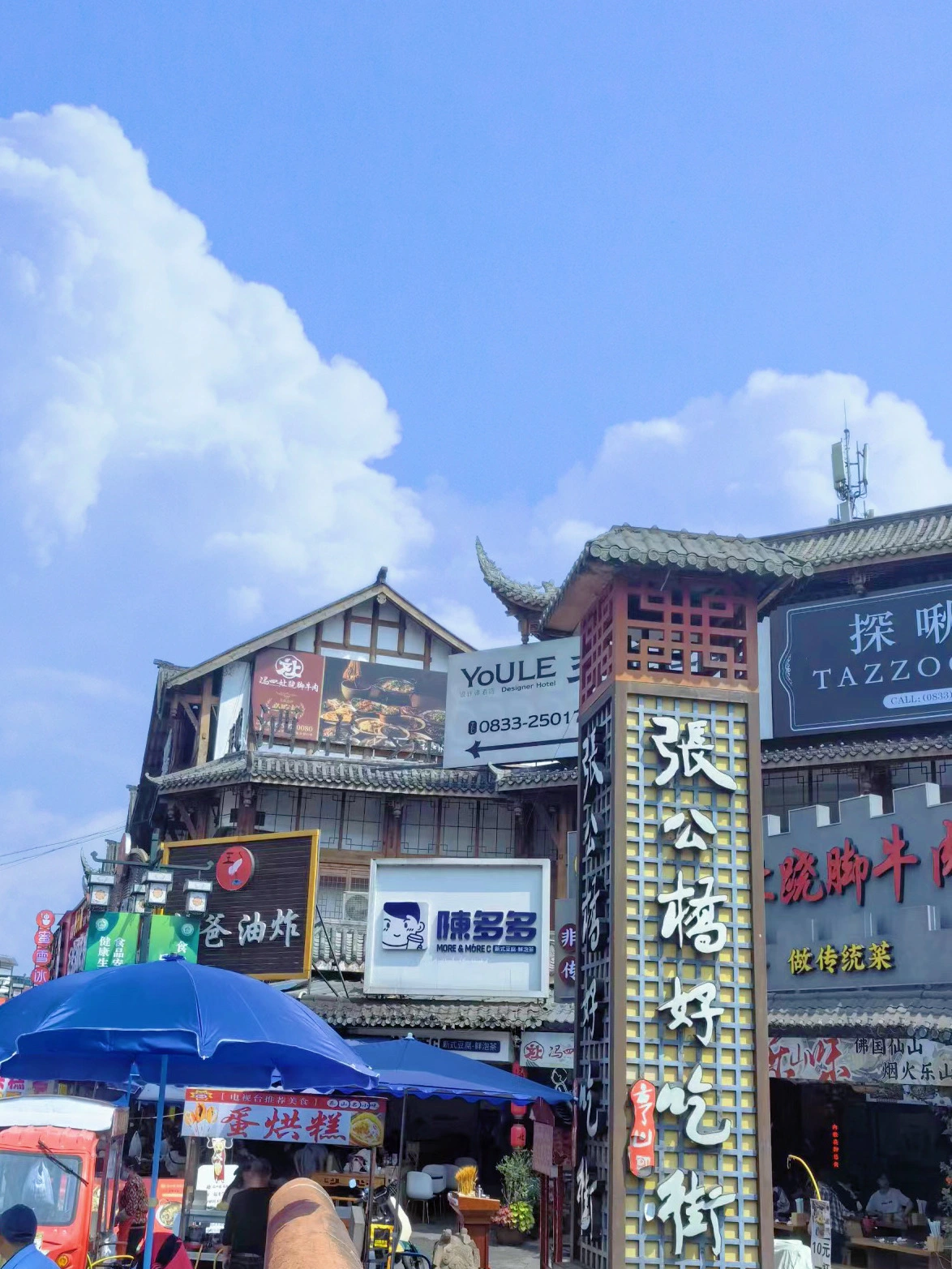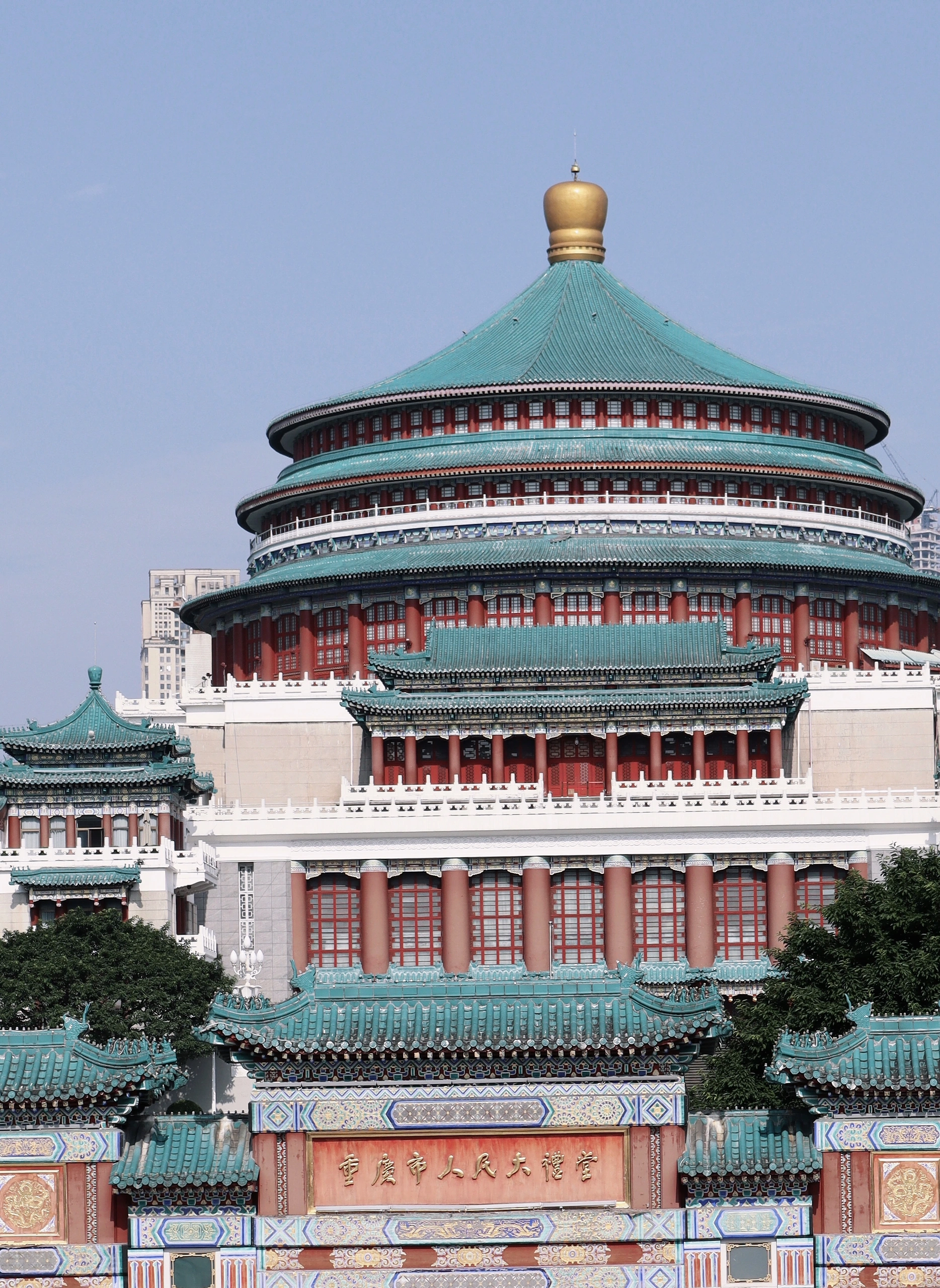

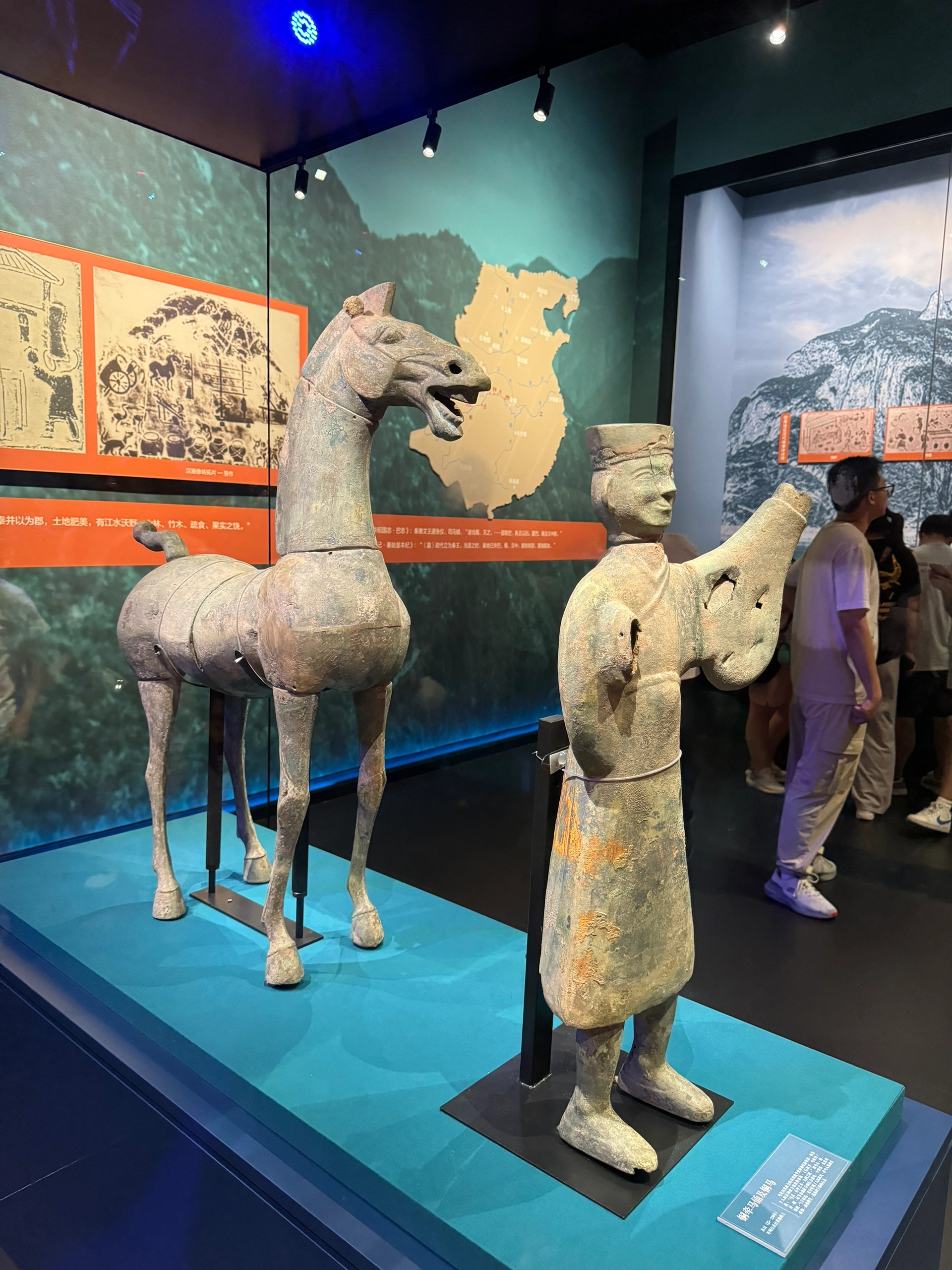
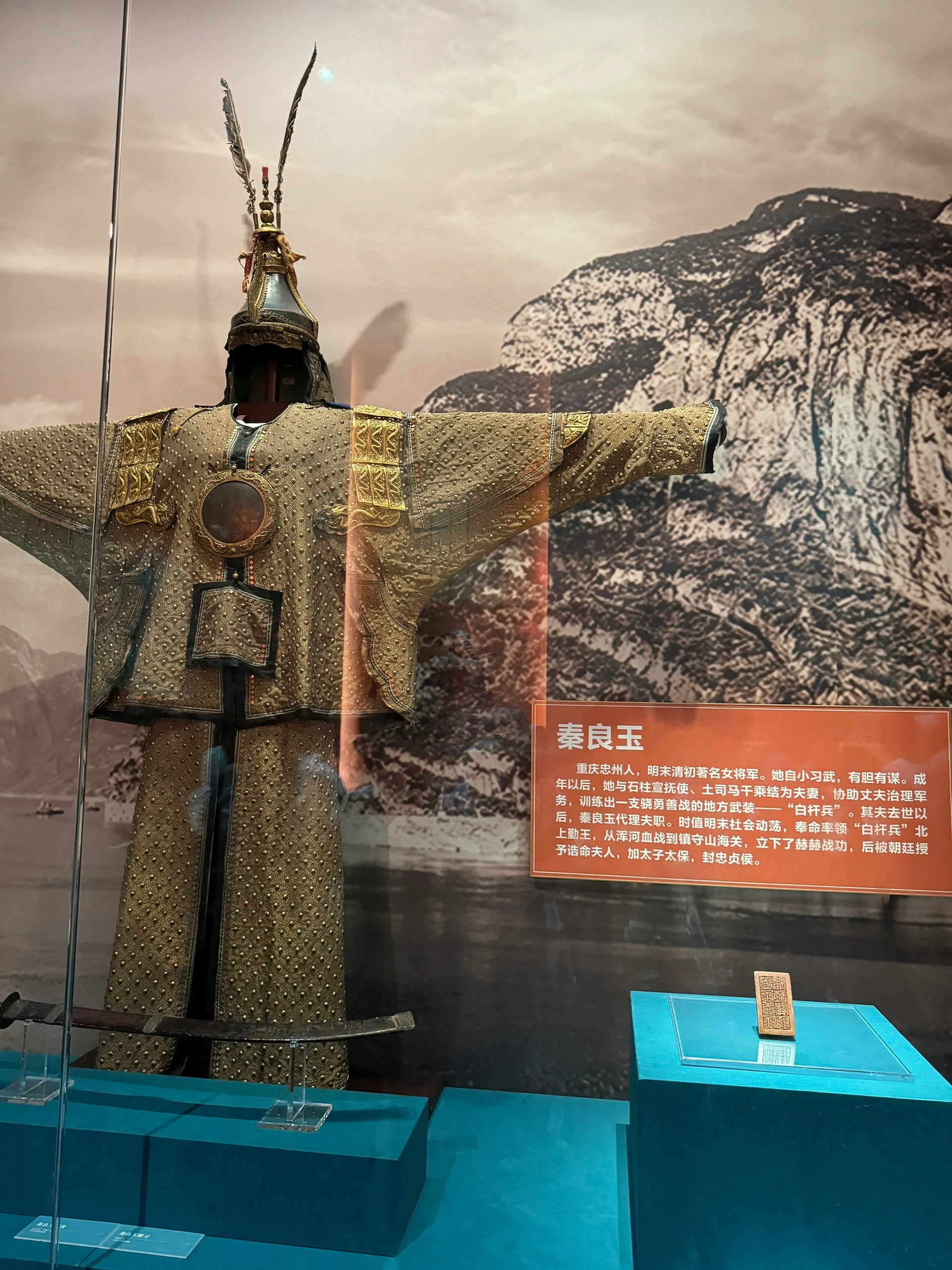
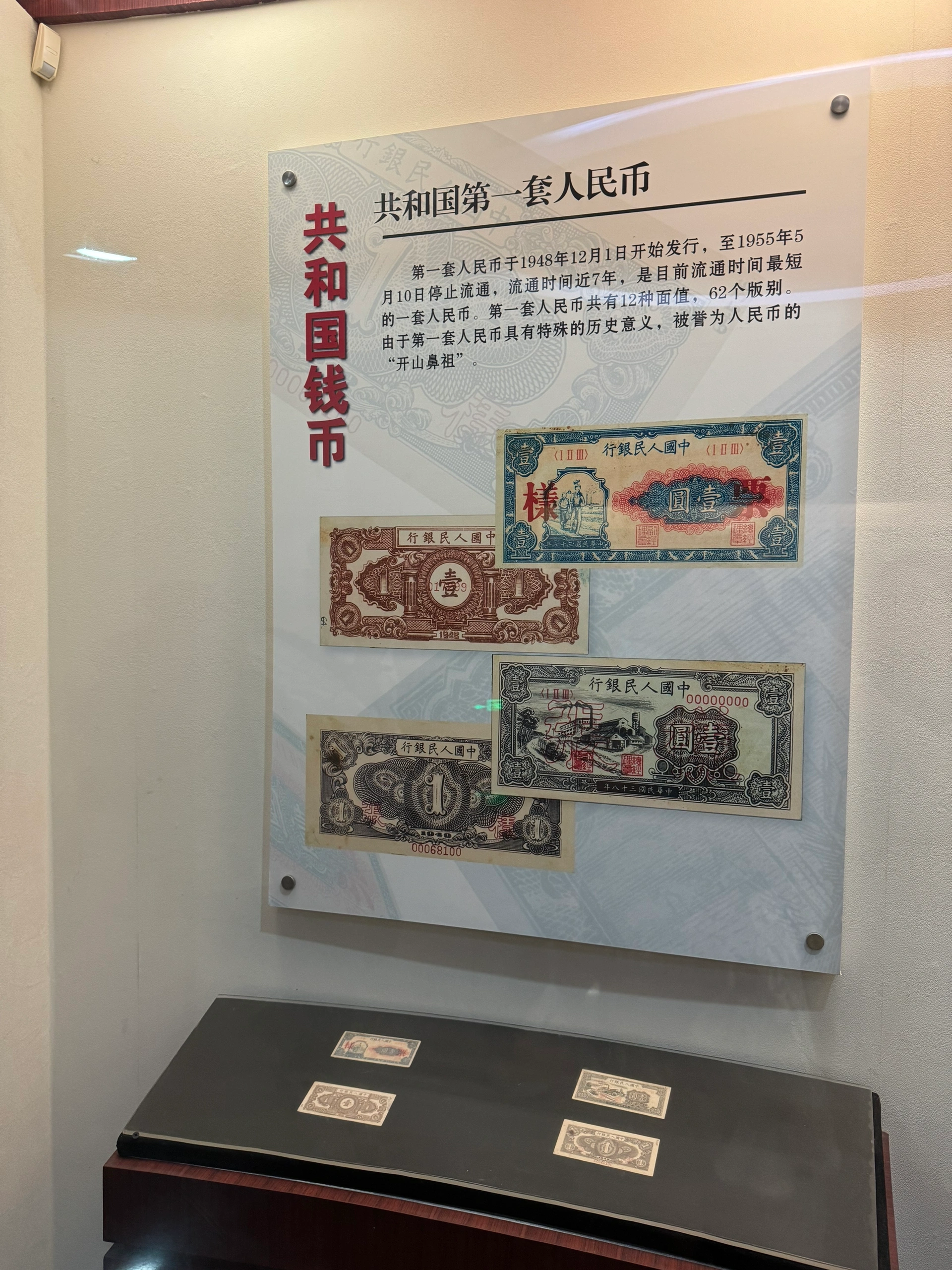
Chongqing China Three Gorges Museum
The Three Gorges Museum is located at 236 Renmin Road, Yuzhong District, Chongqing, China, with specific geographical coordinates at 29°33′ north latitude and 106°32′ east longitude. As China’s first national-level museum dedicated to Three Gorges culture, its architectural design resembles the grandeur of the Yangtze River’s gorges and flowing waters. Permanent exhibitions include "Magnificent Three Gorges," "Ancient Ba-Yu Culture," and "Chongqing: The Path of a City," showcasing the history, culture, natural ecology, and the monumental achievements of the Three Gorges Project. The museum houses over 180,000 artifacts, including bronze ware, ceramics, calligraphy, paintings, and stone carvings, with Han Dynasty brick paintings and Three Gorges fossils being particularly notable.
Information
Ticket price
Time
Location
236 Renmin Rd, Yuzhong District, Chongqing, China
View maps
More about the trip
Chongqing China Three Gorges Museum: A Comprehensive Look at the Yangtze and Chongqing
The Three Gorges Museum is located at 236 Renmin Road, Yuzhong District, Chongqing, China. As China’s first national-level museum dedicated to Three Gorges culture, its architectural design resembles the grandeur of the Yangtze River’s gorges and flowing waters. Permanent exhibitions include "Magnificent Three Gorges," "Ancient Ba-Yu Culture," and "Chongqing: The Path of a City," showcasing the history, culture, natural ecology, and the monumental achievements of the Three Gorges Project. The museum houses over 180,000 artifacts, including bronze ware, ceramics, calligraphy, paintings, and stone carvings, with Han Dynasty brick paintings and Three Gorges fossils being particularly notable. It offers a deep dive into the region's rich heritage.
What to See and Do
Magnificent Three Gorges Exhibition: This core exhibition showcases the natural beauty, geological features, and cultural heritage of the Three Gorges region, both before and after the construction of the Three Gorges Dam. It includes models, photographs, and artifacts related to the project.
Ancient Ba-Yu Culture: Explore the rich history of the Ba and Yu cultures, the ancient civilizations that thrived in the Chongqing region. This section features archaeological findings, bronze ware, and pottery.
Chongqing: The Path of a City: This exhibition traces the urban development of Chongqing, from a small riverside town to a modern megacity, highlighting its unique mountain city characteristics and its role in various historical periods.
Han Dynasty Brick Paintings: The museum boasts an impressive collection of Han Dynasty brick paintings, offering insights into ancient daily life, mythology, and artistic styles.
Three Gorges Fossils: Discover a fascinating array of fossils from the Three Gorges area, including dinosaur remains and ancient plant life, providing a glimpse into the region's prehistoric past.
Panoramic Painting of Chongqing: A massive circular painting that depicts Chongqing's urban landscape, offering a unique artistic perspective of the city.
Best Time to Visit
The museum is an indoor attraction, making it suitable for visiting year-round. Weekdays are generally less crowded than weekends and public holidays. Arrive early to make the most of your visit, as there is a lot to see and experience.
How to Get There
The Chongqing China Three Gorges Museum is conveniently located in Yuzhong District, adjacent to the Chongqing People's Auditorium. Take Metro Line 2 or 3 to Zengjiayan Station (曾家岩站) or Metro Line 2 to Liziba Station (李子坝站) and then a short walk or taxi ride. Several bus routes also stop directly at the museum.
Travel Tips
Allow ample time: Plan for at least 3-4 hours to fully explore the extensive exhibition halls.
Wear comfortable shoes: You'll be doing a lot of walking.
Free admission: Admission is free, but you might need to show your passport or ID for entry.
Combine with People's Auditorium: The museum is right next door to the Chongqing People's Auditorium and People's Square, making it easy to visit these attractions together.

